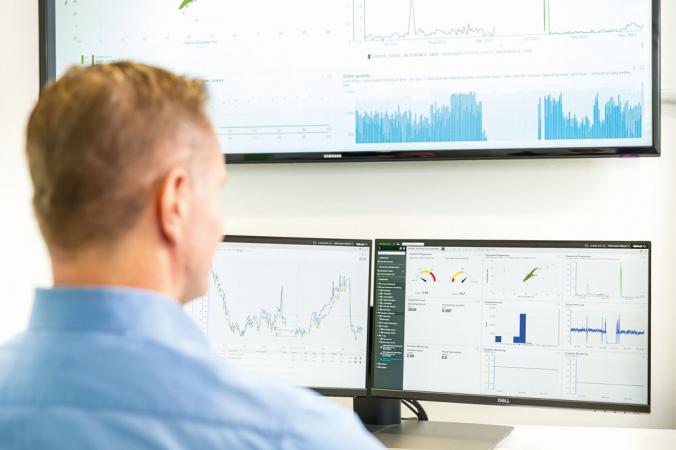Enabling Bigger Thinking
New technologies such as artificial intelligence may seem exciting, but without consistent standardisation, problems will arise.
If you are a regular reader of Maintworld, you will no doubt be familiar with many of the new technologies that are permeating the enterprise business world today.
These technologies may seem somewhat glamorous, and can be used to help re-imagine the way we work, make decisions and collaborate. But in the same way you cannot build a house without solid foundations, it is important not to overlook the basic requirements for success.
OPC Foundation is the organisation behind OPC Unified Architecture (OPC UA) – the standard for industrial interoperability between different vendors, different devices and different vertical markets today. OPC UA scales from the embedded world up to the cloud world, and Microsoft has not only deeply integrated this standard into the Azure cloud platform but also Microsoft is the world largest open source contributor to the OPC Foundation.
One of the most exciting technologies to emerge in recent times is artificial intelligence (AI). AI requires data, and involves working with this data to gain insight. OPC UA acts as the interface to the data sources.
In this scenario, OPC UA is the enabler. Think of a USB stick. The USB part is just the enabler, but the functionality of the device is beyond the USB part itself. The same stands for OPC UA: OPC UA is the enabler to move data left and right, but the true functionality of this data is the real value. USB is a physical connection between two devices – OPC UA is the ethernet connection between ethernet-connected devices. OPC UA delivers on top the meaning and description of data – the semantics, which is the real value to make use of the data.
Artificial intelligence requires easy, fully standardised access to data sources – be it from robots or other machines – to let users take advantage of all that the technology has to offer.
In the days of artificial intelligence, for human beings to understand how different machines worked, we had to know everything the big handbook told us about them. We needed to understand different IT protocols, and then understand how the robots work and the commands they would have to follow. All these descriptions were different for each vendor, providing a complicated challenge.
In today’s world however, robots have interfaces that can be easily understood by human beings. Everybody should be able to easily understand these interfaces and interact with the robots thanks to standardisation.
Let us look a little further afield. Technologies like voice recognition, speech machines and Microsoft HoloLens are helping companies re-imagine their processes today. But getting true insight from these technologies, or predicting when they may fail, is another step. Intelligent services can offer support here, but without the right levels and standards of connectivity, they cannot be utilised.
It is obvious then that having standards in this area makes sense. ther is a push and pull in the market to agree on a specific standard that meets the requirements of Industry 4.0.
But that is exactly what OPC UA offers right now. It is the mandatory required communication standard for Industry 4.0. The VDAM, the largest European association of machine builders, including the biggest robotic associations, understood the need of standardised, fully-secured access to certain technologies, if artificial intelligence is to truly take off. Everybody then has the same understanding of the parameters at play.
Do companies in the artificial intelligence space fully understand this need? That is debateable. I remember being quite shocked when I was sat in a room with 18 leaders in the robotics space at a recent event in Germany. They were talking about the parameters within which they operate, but there seemed to be different meanings in different companies. This complicates matters, and certainly does not make things easy for end users. This is why there are high engineering costs in plants to integrate these robots. The good news is that they are standardizing semantic now, agreeing on the same interfaces for data and services based on OPC UA! The results will be available mid next year at the Automatica conference. Is your robotic supplier supporting this initiative? Ask them if it allows the connection of your robot, within 20 minutes, to general IT Enterprise and Azure cloud solutions.











